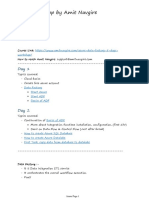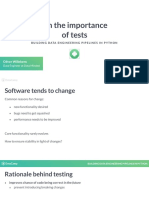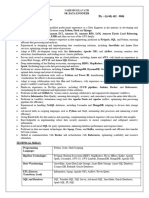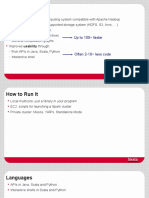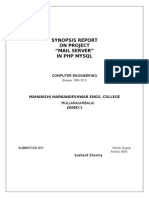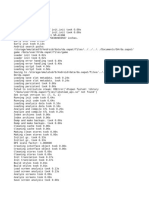0% found this document useful (0 votes)
26 views21 pagesPyspark STAR Questions
The document outlines 20 situational STAR-based interview questions for PySpark, focusing on real-world scenarios faced by data engineers. Each question details a situation, task, action, and result, providing insights into problem-solving and optimization techniques in PySpark jobs. Key topics include performance bottlenecks, data integrity, schema evolution, and data transformation strategies.
Uploaded by
sushant shewaleCopyright
© © All Rights Reserved
We take content rights seriously. If you suspect this is your content, claim it here.
Available Formats
Download as PDF, TXT or read online on Scribd
0% found this document useful (0 votes)
26 views21 pagesPyspark STAR Questions
The document outlines 20 situational STAR-based interview questions for PySpark, focusing on real-world scenarios faced by data engineers. Each question details a situation, task, action, and result, providing insights into problem-solving and optimization techniques in PySpark jobs. Key topics include performance bottlenecks, data integrity, schema evolution, and data transformation strategies.
Uploaded by
sushant shewaleCopyright
© © All Rights Reserved
We take content rights seriously. If you suspect this is your content, claim it here.
Available Formats
Download as PDF, TXT or read online on Scribd
/ 21



















